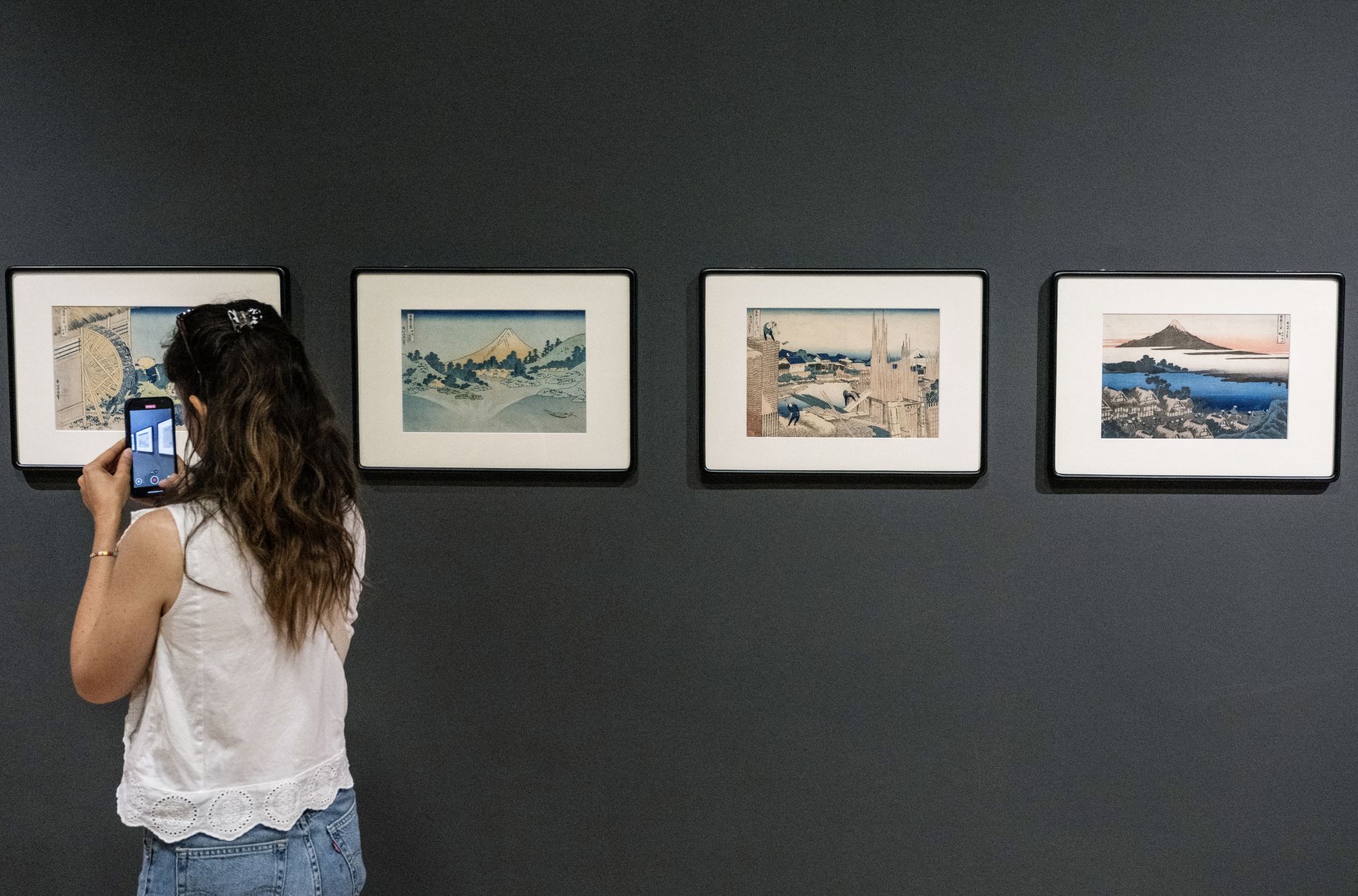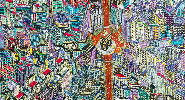
For the first time, a major collection of works by Japanese master Katsushika Hokusai is travelling to France. The Nantes History Museum is presenting 160 prints, paintings, drawings, and folding screens, including iconic pieces such as Under the Wave off Kanagawa (The Great Wave) and several works never before exhibited outside Japan. This unprecedented exhibition runs from June 29 to September 7 at the Château des Ducs de Bretagne.
For the first time, 160 works by Japanese painter and printmaking master Katsushika Hokusai are leaving Japan to be exhibited in France. The Nantes History Museum, in western France, will host the show starting this Saturday, running throughout the summer.
The collection of prints, paintings, drawings, and folding screens comes from the Hokusai-Kan Museum in Obuse, a mountain village located about 220 kilometers from Tokyo, where Hokusai (1760–1849) lived toward the end of his life. This major museum dedicated to the artist holds several hundred of his works.
“We are very pleased to present these works in France. They are meeting a new audience,” said Miyuki Arai, curator at the Obuse museum, who was in Nantes for the installation of the exhibition.
The Nantes exhibition features both Hokusai’s most famous work, Under the Wave off Kanagawa, better known as The Great Wave, as well as lesser-known drawings and paintings rarely seen by the public.
Among the pieces that have never left Japan are Two Beauties, The Beautiful Reader with a Cuckoo, Seven Beauties, and Bellflowers.
The exhibition opens with one of Hokusai’s central themes: water. Waves, lakes, and waterfalls are featured prominently, along with his renowned series Thirty-Six Views of Mount Fuji, which includes the legendary Great Wave.
Displaying this “universal image, known all over the world,” is an “immense privilege,” said Bertrand Guillet, director of the Nantes History Museum and curator of the exhibition. “It’s a work so famous that many people know it without even knowing the artist’s name,” he added.
Hokusai also devoted numerous prints and silk paintings to the feminine beauty of the Edo period—aristocrats, dancers, and courtesans—portrayed with delicate kimonos, parasols in hand, alone or in groups, set against blank backgrounds or beneath the shade of a tree.
The exhibition is hosted at the Château des Ducs de Bretagne, home to the Nantes History Museum, until September 7. It will then travel back to the Hokusai Museum in Obuse in the fall.
With AFP




Comments